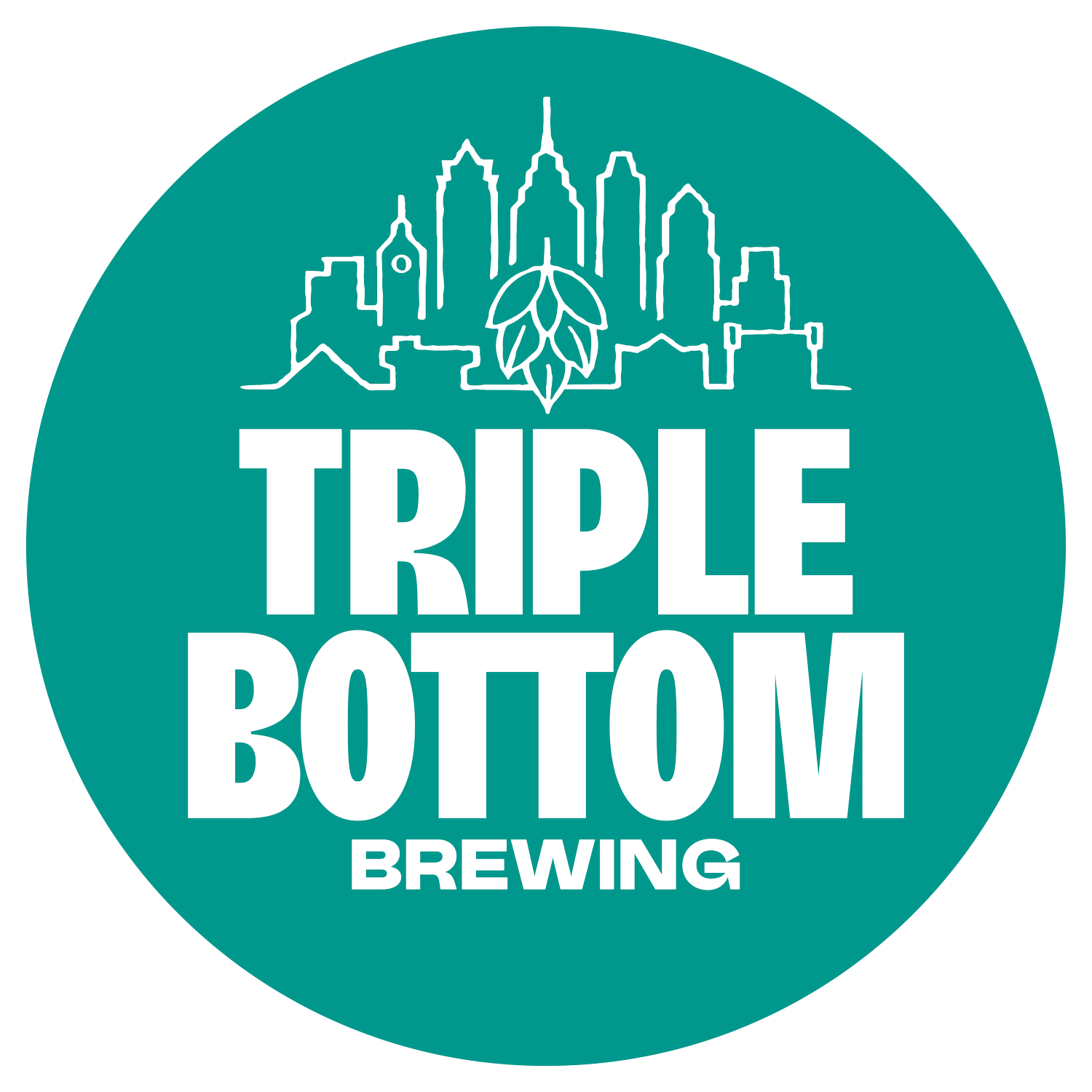An Ode to (Waste)Water
In honor of Earth Day coming up, we want to celebrate one of the most important things the earth gives to all of us, and to the beer we brew: water.
Breweries use a lot of water. Bigger breweries (not craft) use an average of just over four barrels of water for every barrel of beer produced, and craft breweries — which don’t have the efficiencies of scale that the big guys do — on average use even more. While beer is 95% water (source: Brewers Association), most of the water used in the brewing process is actually used for cleaning and packaging, and ends up going down the drain.
Last weekend, we got the chance to learn what happens to the water once it leaves our brewery through a tour at the Southeast Water Pollution Control Plant. I will admit that we were probably the most enthusiastic people on the tour, but it was really fascinating. If you have the chance to visit, we recommend it! We were welcomed by Debra McCarty, Commissioner of the Philly Water Department (and the first woman to ever have that job!). A series of exhibits offered information on topics ranging from green stormwater infrastructure to solid-waste-eating microbes. But best of all was the in-depth, guided tour of the treatment process at the plant.
We weren't allowed to take pictures at the plant for security reasons, so here's a photo of the Water Works on a very cold day. This used to be where Philly pumped drinking water from the Schuylkill River.
Philly has three treatment plants, which collectively treat 500 million (!!) gallons of sewage each day. That number increases during storms, because our stormwater and sewage share a pipe as they travel under our streets. On a normal day, our sewage water goes from really gross to cleaner than the water in our rivers in six hours. On days with heavy rain, the volume that our treatment plants have to handle goes up significantly. Even with the extra capacity the plants have, they may have to speed up the treatment process to take only two hours, which means the water they release back into the river isn’t quite so clean. But don’t worry! Those occasions are rare, and on a normal day the water gets so clean that even taking into account these high-volume days, the water released back into the river is still on average much cleaner than the river water itself. This is especially impressive considering that our beloved Delaware and Schuylkill Rivers are cleaner than they’ve been in 100 years.
Philadelphia didn’t start treating its sewage until 1954. Imagine what the rivers were like then! Yikes. The process has changed and improved a lot since it was instituted, but it is also amazing how much has stayed the same. First, large objects, such as logs and traffic cones, are screened out. Then water is pumped through a much smaller screen, to get rid of small pieces of trash. It is then sent through canals, where the speed of flow is controlled. The water is slowed down a bit to allow all the grit, sand and kitty litter to drop out. This gets sent to the landfill. Then it’s slowed down even more to allow biosolids to fall out. These get picked up by a contractor and turned into pellets, which can be used as fuel or fertilizer. After that, hungry microbes are added to eat up all the rest of the bad stuff in the water. Once the microbes have feasted and been filtered back out, the water is basically clean. A chloride treatment kills any remaining germs, and finally, the water flows back into the river, where fish can live in it, people can swim in it, and the drinking water plants can pump it through their cleaning processes so we can all drink it — and use it to brew beer!
This beautiful piece of art shows how interconnected our city and rivers are. It was drawn for the Green City, Clean Waters Art Contest by Olivia Forti, and found on Flickr Commons. Thank you for the great illustration!
Because breweries contribute a lot of wastewater to the sewer system, we have to be responsible about treating our water before releasing it. We’re designing our treatment process so that we can manage the temperature of the water we release, the ph balance, and the amount of suspended solids in it, so that we’re not bogging down the Water Department’s treatment process. We’re also trying to use water as efficiently as possible in the first place. Simple things like using a mop to clean the floors of the brew house, rather than using a hose, can make a big difference. We’ll have a tank to store water with cleaning chemicals, so we can reuse those chemicals for their full life span as we clean our equipment — rather than dumping all that water down the drain after each use. To start, we won’t be doing much packaging, which you might be surprised to learn uses up a lot of water. (Rinsing each can or bottle has an impact!). As we grow into packaging though, we’ll explore ways we can recapture and reuse that rinse water, to keep our water footprint down.
As a triple bottom line business, we are doing our best to minimize our impact on the planet, but we know we can always do better. As we grow, we’ll try to improve our processes in support of our planet, just as the Philly Water Department has done and continues to do. Thanks so much for the huge role you play in keeping our rivers clean and our beers delicious, Philly H2O! It was great to learn more about how you work.


